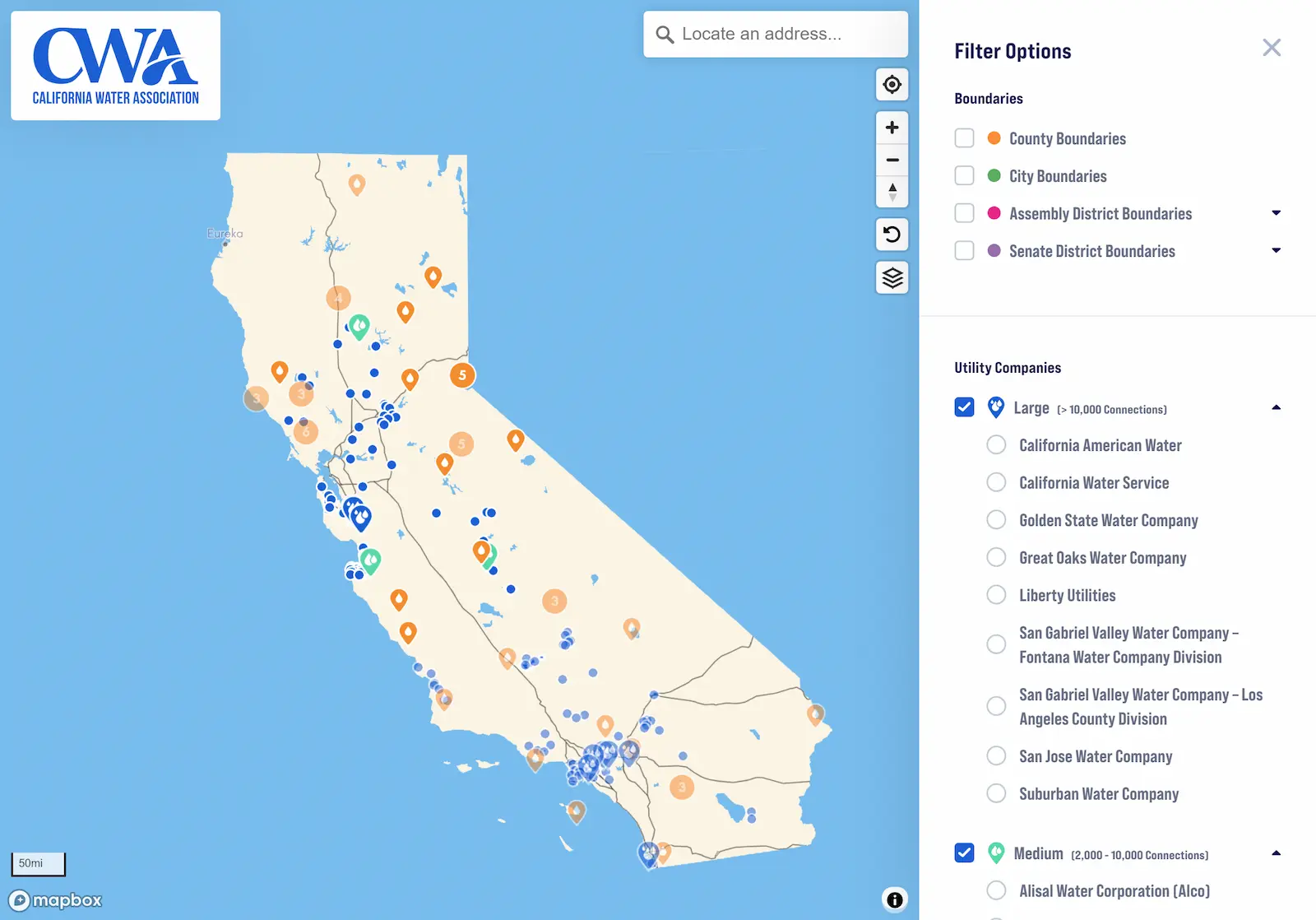A Lunch & Learn is a 60- to 90-minute informational meeting hosted during the lunch period designed to engage community influencers, including local policymakers, in the work of your utility. The goal of hosting a Lunch & Learn is to make it attractive and easy for community influencers to learn more about your organization, its service to the community and key issues, and to build relationships.
Lunch & Learn sessions can take place at your utility or your guest’s office, or other location (such as a water treatment plant, environmental restoration site or reservoir within your service area) important to the issues to be discussed. The sessions make excellent use of time, and the brief, informal setting allows for open information sharing and relationship building.
Tips for Structuring a Lunch & Learn
Here is an overview of how a 60- to 90-minute Lunch & Learn could be structured:
Part 1: Welcome and Introductions
Warm welcome by your designated primary host (CEO, district manager or other high-profile utility member) who also introduces the “why” for hosting a Lunch & Learn. This section also provides the opportunity to offer background and context about your organization, community service and potential issues of concern. Also, this is a good time to introduce your primary key messages/calls to action to be further discussed during the session.
Part 2: Brief Issue Discussion and/or Exploration
Presentations/discussions by subject matter experts on the selected issues. These are meant to be informal presentations of the issues. A PowerPoint presentation is likely too formal for this setting, but poster boards may work to help explain more complex topics. While the atmosphere is meant to be informal for guests, it’s important for you to be strategic in your communication of the topics. (See Sample Internal Agenda/Run of Show for more information.)
Discussions can occur at your utility office or guest office but may be more attractive to your guests and powerful if they occur in a setting that illustrates your messages and/or issues. For example: A discussion about water quality might take place during at your water treatment plant; a session about water conservation could take place at a water-wise garden; a meeting about water supplies could take place at a reservoir; or an exploration of your utility’s environmental restoration work could take place near a reservoir or an environmentally sensitive area.
Part 3: Lunch with Q&A
Opportunity to sit down for a box or picnic lunch to further discuss the issues, answer guest questions and engage in discussion. Because guests are sitting and focused, this section may provide the best opportunity to delve into more complex information, if needed.
Part 4: Positive Close
Designated primary host summarizes your top-level takeaways, key messages and calls to action, focusing on opportunities for positive change, and thanks guests for their time.
This is just a guideline, and you are welcome to use variations of this format to suit your needs.


